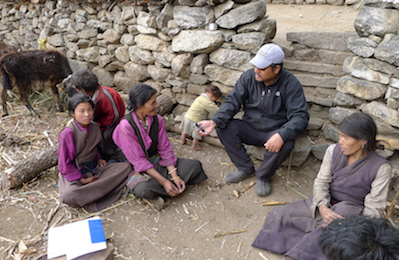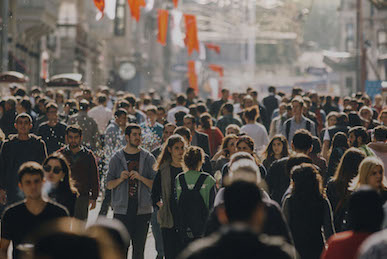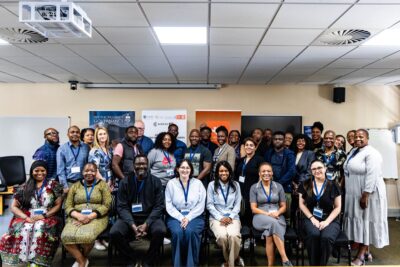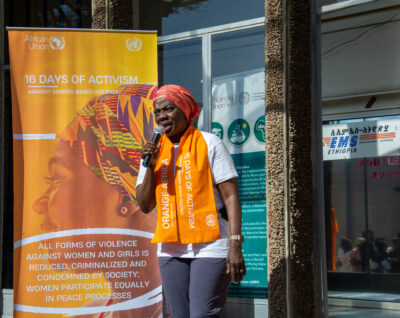As the Covid-19 pandemic has forced millions to remain in their homes and restricted the capacity of public spaces, people have turned to online spaces to continue all forms of social interactions. However, despite being heralded as a means to overcome social inequalities, the new “digital public spaces” have continued these inequalities. In this essay, Mona Sloane draws attention to how prepandemic inequalities, created by social, political, and economic dynamics, prevail in social isolation. These are exemplified, for example, through who has efficient internet access and who owns the websites and apps facilitating online social interaction. Sloane asks us to consider not just how prepandemic conditions shape digital spaces but also how they influence our understanding of these spaces and the meanings we ascribe to them.














